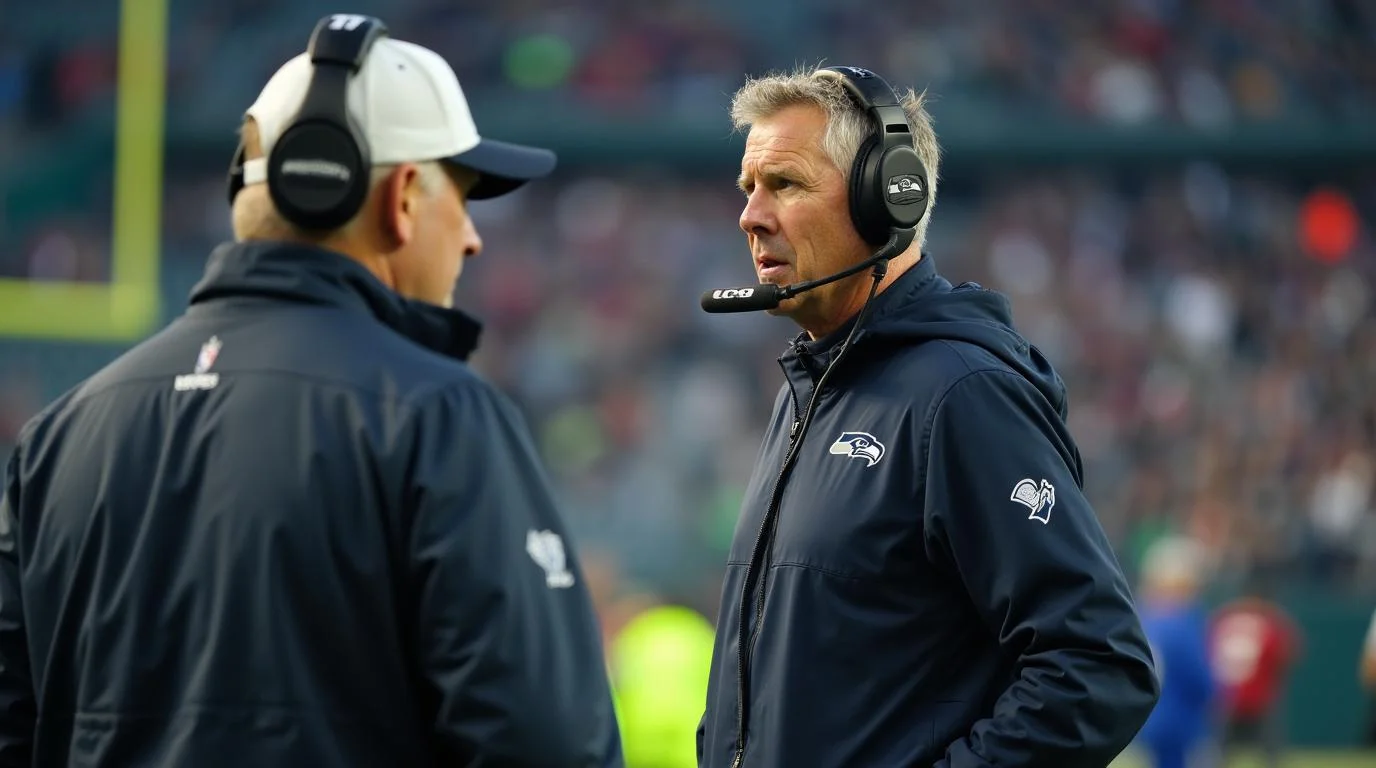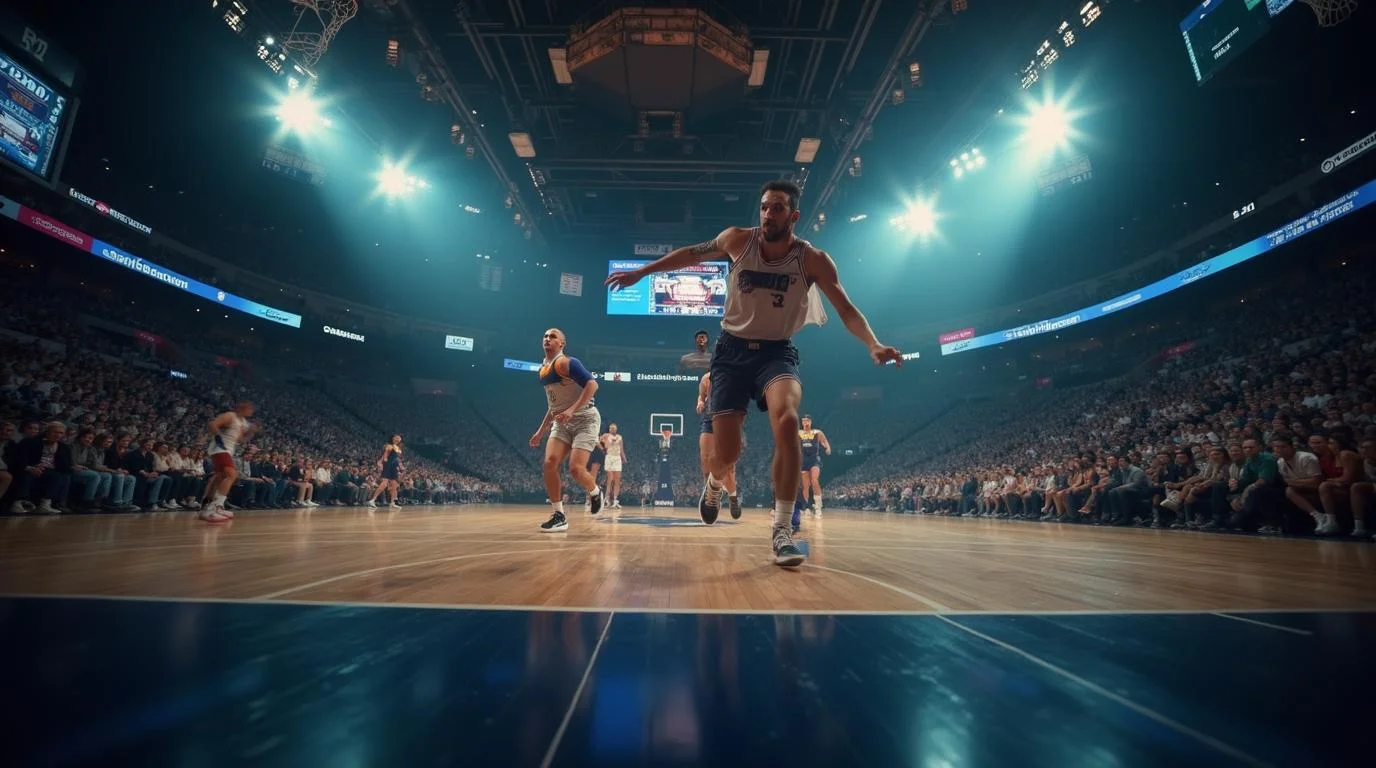Minnesota Teens Are Fueling a Rise in Illegal Sports Betting

1.0
Default
According to a recent report, more teens in the state of Minnesota are gambling and placing sports bets. Even though sports betting is illegal in the state, fans are still finding ways to make bets, and the number of sports betting teens are growing as we speak, which may fuel gambling addiction among the youth.
Though sports betting remains illegal in Minnesota, the activity is surging among one unexpected group: teenagers. According to a new report, almost 8% of Minnesota's 8th, 9th, and 11th graders reported gambling at least once a week in 2022 - and experts believe those numbers are only climbing.
Despite ongoing legislative debate over legalizing sports gambling, the ease of access through mobile apps and informal bets has made it a growing part of teen culture.
Gambling becomes a cultural norm among teens
Dr. Serena King, a professor of psychology at Hamline University, has studied youth and problem gambling for two decades. In her recent publication, Frequent and Problem Gambling in Public School Students, she explores data from the 2022 Minnesota Student Survey - a statewide assessment conducted every three years. "I think what it tells us is it's culturally embedded in our community", said King. "Around 70 - 80 percent of our sample who were gambling that often, were gambling on sports and games."
King noted that the gambling took both formal and informal forms - from playground bets to unregulated apps. "Both were pretty high in terms of the self-report among frequent gamblers", she said.
Data likely underrates the scope
Because the report is based on 2022 data, experts suspect the issue has only intensified. Susan Sheridan Tucker, Minnesota Alliance on Problem Gambling's Executive Director, said evidence from educators suggests that gambling among students is becoming more frequent and more accessible.
"Teachers are very much acknowledging that they are seeing their students gamble on their phones", she said. "It's so accessible. If your child is gambling more than once a week, honestly, that should be a red flag."
Limited resources to meet rising need
While MNAPG tried to evaluate gambling addiction risks during legislative talks on sports betting last year, the challenge remains: there are not enough treatment providers. More than 250,000 people in Minnesota identify as problem gamblers, and 56,000 are estimated to meet the clinical diagnosis for gambling addiction. Yet, only 17 licensed providers currently serve the entire state.
"This is an addiction that isn't covered by insurance", said Sheridan Tucker. "And without legal sports betting, there's no direct funding stream to support prevention and treatment." Should the state legalize sports betting, funding could increase - but at a cost. "It's a double-edged sword", explained King. Legalization would mean more protections and education, but also greater exposure, especially for youth, she continued.
Early exposure often leads to lifelong addiction
Sheridan Tucker emphasized that many people in recovery trace their first exposure to gambling back to childhood. "One of the first questions asked is, "What was your first exposure to gambling?" And almost inevitably, they're talking about experiences as young kids", she said.
Experts advise parents and educators to look out for these warning signs of problem gambling:
- Increased incidence of gambling
- Spending more time gambling than intended
- Talking only about wins, not losses
- Lying when it comes to money usage
- Turning to other outlets like alcohol or video games to cope with gambling stress
To open a constructive dialogue, King and Sheridan Tucker recommend:
- Talking with your child during a relaxed time, like a car ride
- Collaborating on boundaries around technology use
- Paying attention to time and money spent on games and gambling
- Engaging with apps and games together to understand their impact
- Avoiding fear tactics - instead, express concern and care
As mobile access continues to blur the lines between games and gambling, Minnesota families face an urgent challenge: how to protect kids from a rapidly evolving and increasingly normalized risk.








_800x800.webp)











